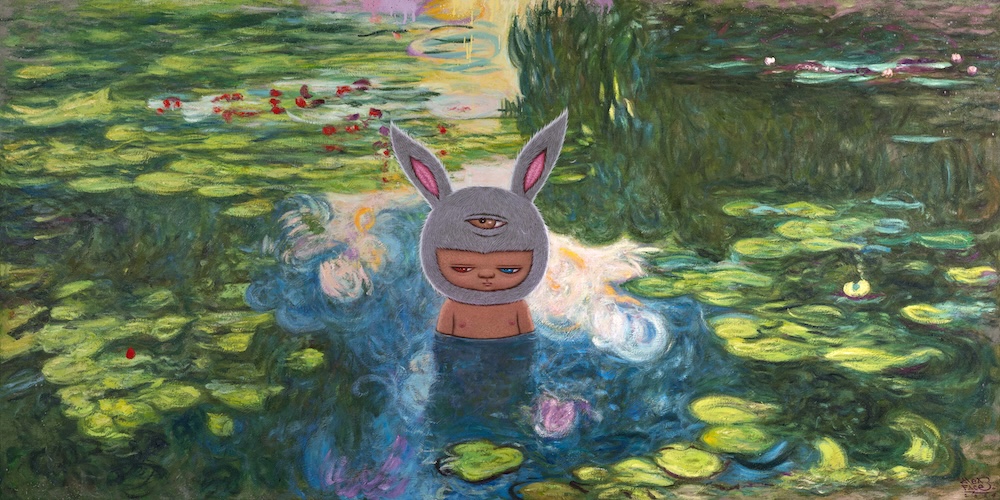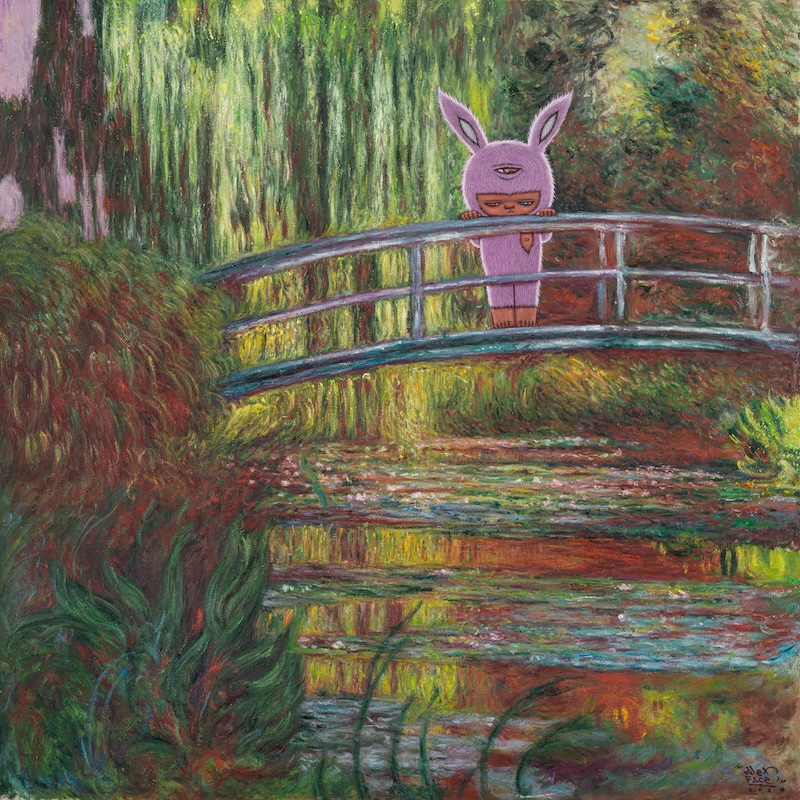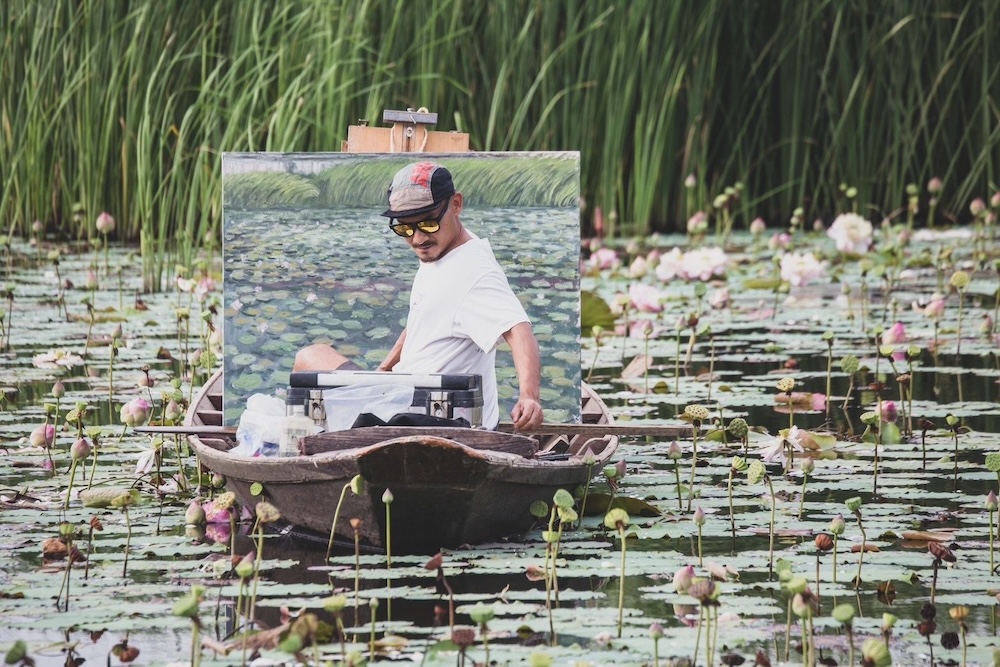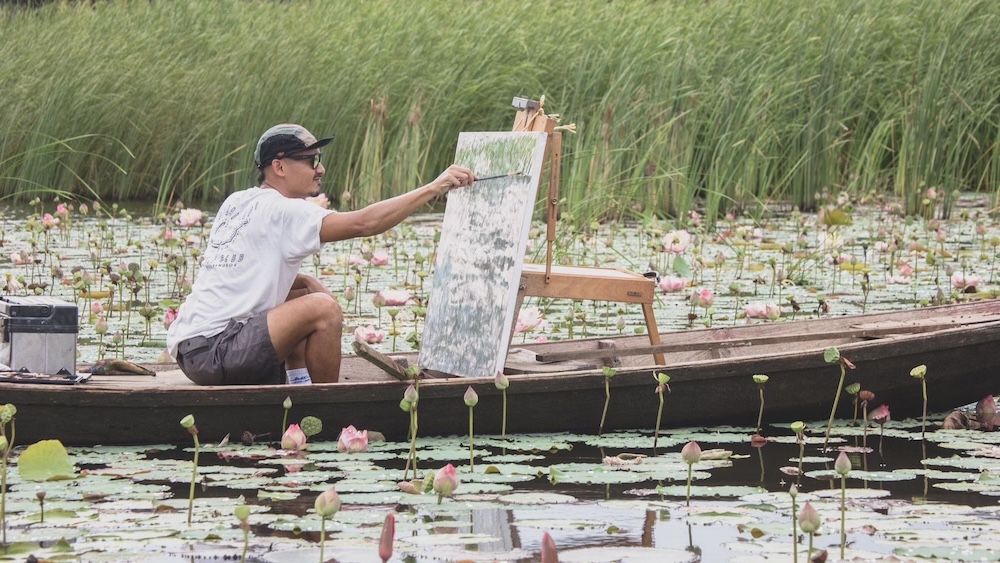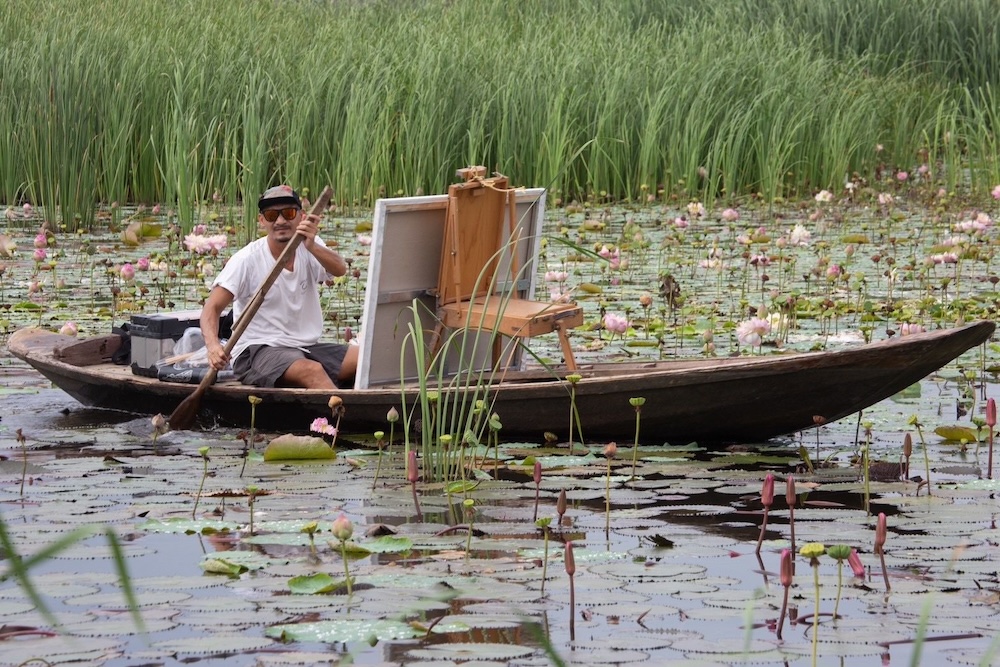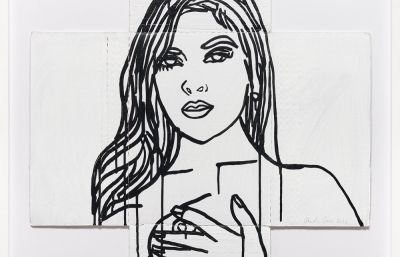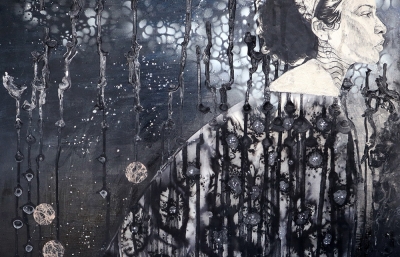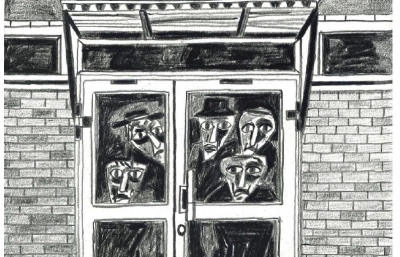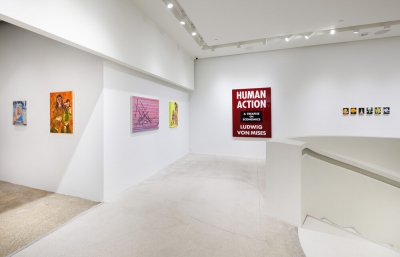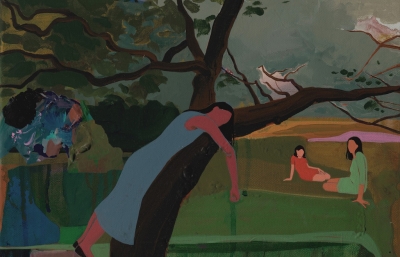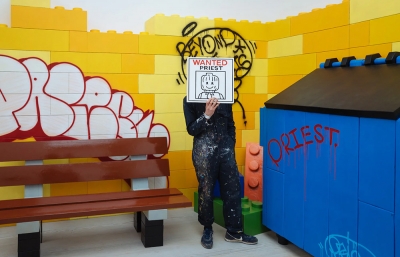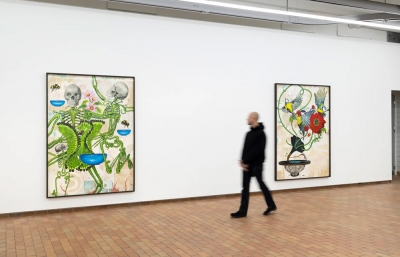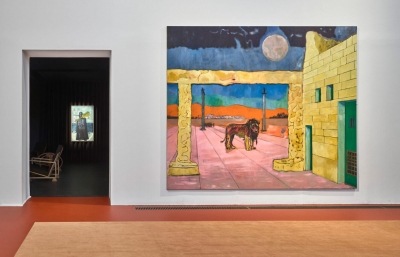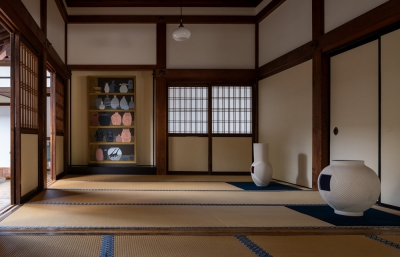It’s been 150 years since Impressionism transformed our world and how we perceive it. On April 15, 1874, a collective of upstarts including Claude Monet, Pierre-Auguste Renoir, Edgar Degas, Berthe Morisot and Paul Cézanne converged on the Paris studio of photographer Félix Nadar for a group show that art critic Louis Leroy sardonically dubbed “The Exhibition of the Impressionists” — a jab at Monet’s “Impression: soleil levant,” the painter’s dreamlike depiction of the port city of Le Havre.
"Impression — I was certain of it,” Leroy sneered in the pages of the satirical magazine Le Charivari. “I was just telling myself that, since I was impressed, there had to be some impression in it — and what freedom, what ease of workmanship! A preliminary drawing for a wallpaper pattern is more finished than this seascape."
The Impressionists had the last laugh, of course. Their work introduced a new visual grammar in lockstep with modern life, rejecting establishment techniques and traditions in favor of discontinuous brushstrokes, shimmering colors and radical contrasts between shadows and light. The Impressionists also ushered successive generations of artists out of the studio and into the sunshine, capitalizing on the advent of tin paint tubes (patented in 1841) to explore and illuminate the wonders of nature.
The Impressionists’ present-day disciples include street artist Alex Face (a.k.a. Thailand-born Patcharapol Tangruen), whose upcoming New York City solo showcase Impressions — produced by Vertical Gallery— reinterprets the spirit and sensibilities of fin-de-siècle France for a planet on the brink of destruction. Impressions runs October 10—26 at 247 Elizabeth Street, NYC, below, Alex Face shares his perspective on Impressionism’s continuing influence and relevance with writer and pop culture historian Jason Ankeny. This interview has been edited for length and clarity.
Jason Ankeny: Tell us about Impressions. What compelled you to focus the show on Impressionism?
Alex Face: I studied fine art [at Bangkok's King Mongktut University Institute of Technology] and I love graffiti and street art, and I wanted to mix them together. When I first saw Impressionist painting, it made me want to be an Impressionist artist. I always carried my canvas and paints outside to paint landscapes, and Impressionists were the first artists to paint outside. What they did is really no different from street artists spray-painting graffiti on a wall.
When Impressionism started, people didn’t like it. They didn’t understand. They said “It’s not perfect. It’s not finished.” It was almost underground for its time. I’ve done Impressionist paintings before, for my 2016 show in Bangkok called Alive, and some people didn’t like that, either. Other street artists said “What are you doing? It’s a waste of your time.” It reminded me of when I first started doing street art 20 years ago, and people would ask “Why waste your time and energy going out at night and spraying on walls?”
But Alive was a success. It brought my art from the street into the gallery environment. It felt like my work was challenging the academic art scene in Thailand, just like the Impressionists were seen as rebellious for breaking away from traditional painting methods.
It’s not easy to paint in the Impressionist style. After I graduated from the university, I got a job for a company that sold reproductions of Impressionist paintings — Monet and other masters. I painted a lot of reproductions, and I learned a lot. I even tried to mix the exact same colors of paint they used, but there’s almost too much color in those paintings for your eye to see.
When I had a chance to go to Europe to see real Impressionist paintings, I realized they were so much different than they seem in books. It’s not only one layer of paint. They painted over and over and over. That’s what I’m doing for this show: I paint the first layer and let it dry, and then I paint another layer and let it dry. I want that same texture.
Why does Impressionism still reverberate 150 years on?
Because it’s simple. People understand it. The Impressionists painted daily life, and that makes people feel comfortable and safe. The landscapes capture a moment in time. You can feel the sun. You can feel the wind.
The paintings in Impressions reference and re-create elements of Impressionist masterpieces. How did you determine which artists and paintings to incorporate into the show?
I looked at books and picked paintings I like. I’ve painted a lot of water lilies in the past, so this time, I picked an image I’ve never painted before. Then I packed up my paints and canvases, and jumped on a boat. I wanted to be really close to the lotus leaves — to look at them closely, and see all the details.
I love painting outside. I like to feel the sun and see all the colors. It makes me feel alive. When I paint a landscape, I don’t have to think. Artists have to think about a lot of things: the background, the foreground, the texture, the technique. But with Impressionism, you just need to go outside. You never know what you’re going to see, but there’s always something to paint. It keeps things simple.
The most important thing for me is having fun. I think the Impressionists wanted to have fun, too. It’s not only about painting, you know — it’s also about adventure.
Your work has long been synonymous with images of small children in fuzzy animal costumes, and Impressions is no exception. Where does that motif come from?
I paint little children because they represent the future. Climate change is making Thailand really, really hot compared to when I was a child 30 years ago. I can remember standing in the sun in the morning when I was in school, but now, you can’t put kids in the sun at 8:00 a.m. I question how our species is going to continue on Earth — it seems like everything is going to be more and more difficult.
Impressions features children in rabbit and wolf costumes. The first time I ever painted a baby with rabbit ears, I was watching the news, and they were talking about a five-month-old girl who was abused by her drunk father. Her bones were broken. My own daughter, Mardi, was also five months old at the time, and I started to cry. I wanted to paint something representing an innocent, and that’s why I painted the rabbit.
The wolf is a hunter — a predator. It represents people who have power. Some people are born with power, like when you’re from a rich family. It’s like being born with teeth and claws: you have weapons. Money is a weapon. Most of us aren’t born with weapons, and we’re not born into power, so we’re not equal. I’m showing both sides: the victim and the hunter.
Impressions is your first solo show in New York City. What do you hope audiences take away from this experience?
New York is the center of the art world. I went there for the first time in 2019, and I could feel the energy of the city. I want my first show there to make people happy. That’s it. I want them to forget about everything else in their lives, and just enjoy themselves.
Vertical Gallery presents Alex Face Impressions, October 10—26, 2024. Opening Thursday, October 10th, 5:00-9:00pm 247 Elizabeth Street, NYC, 10012



